Which of the following are not resolvable?
2,3− Pentadiene
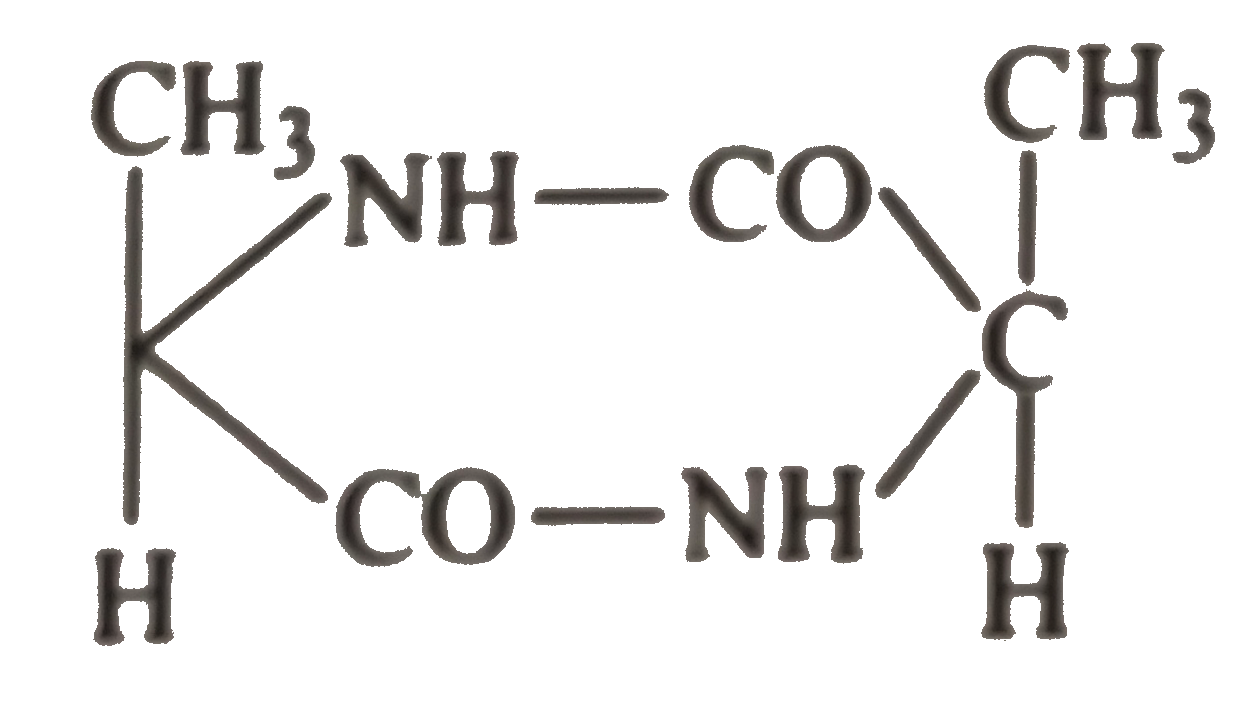
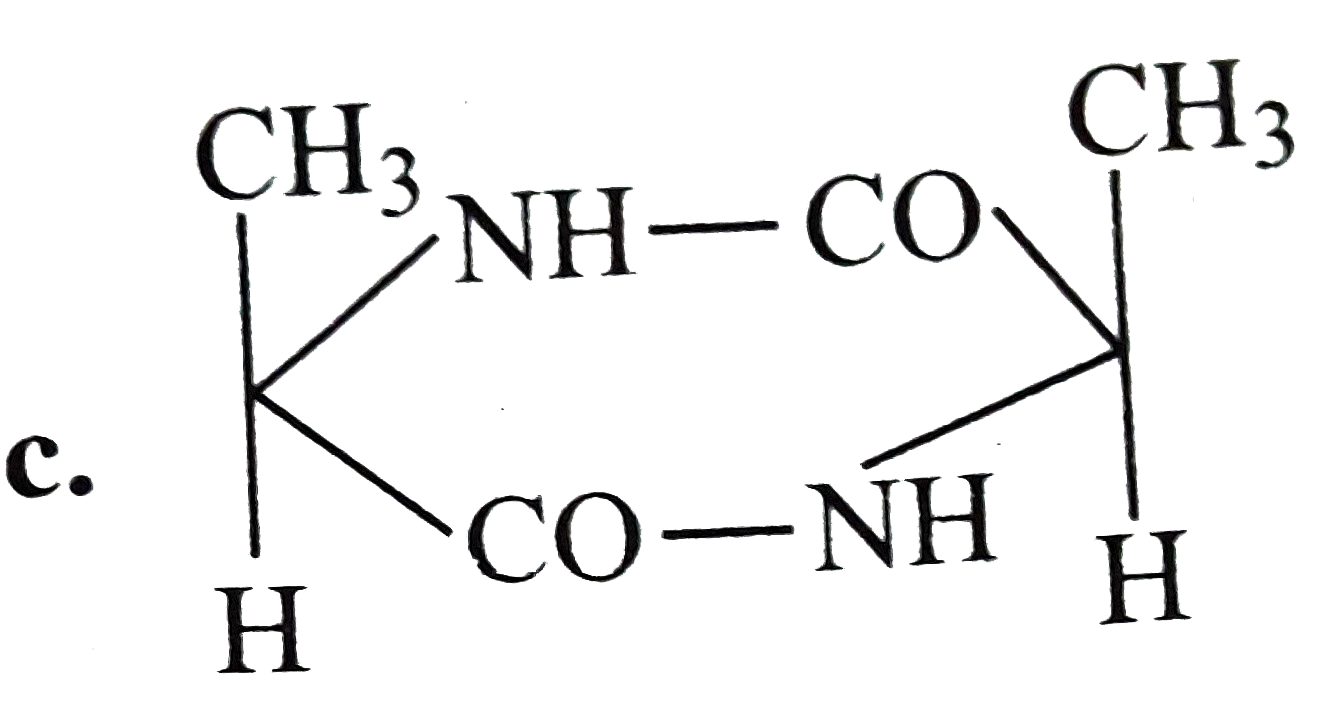
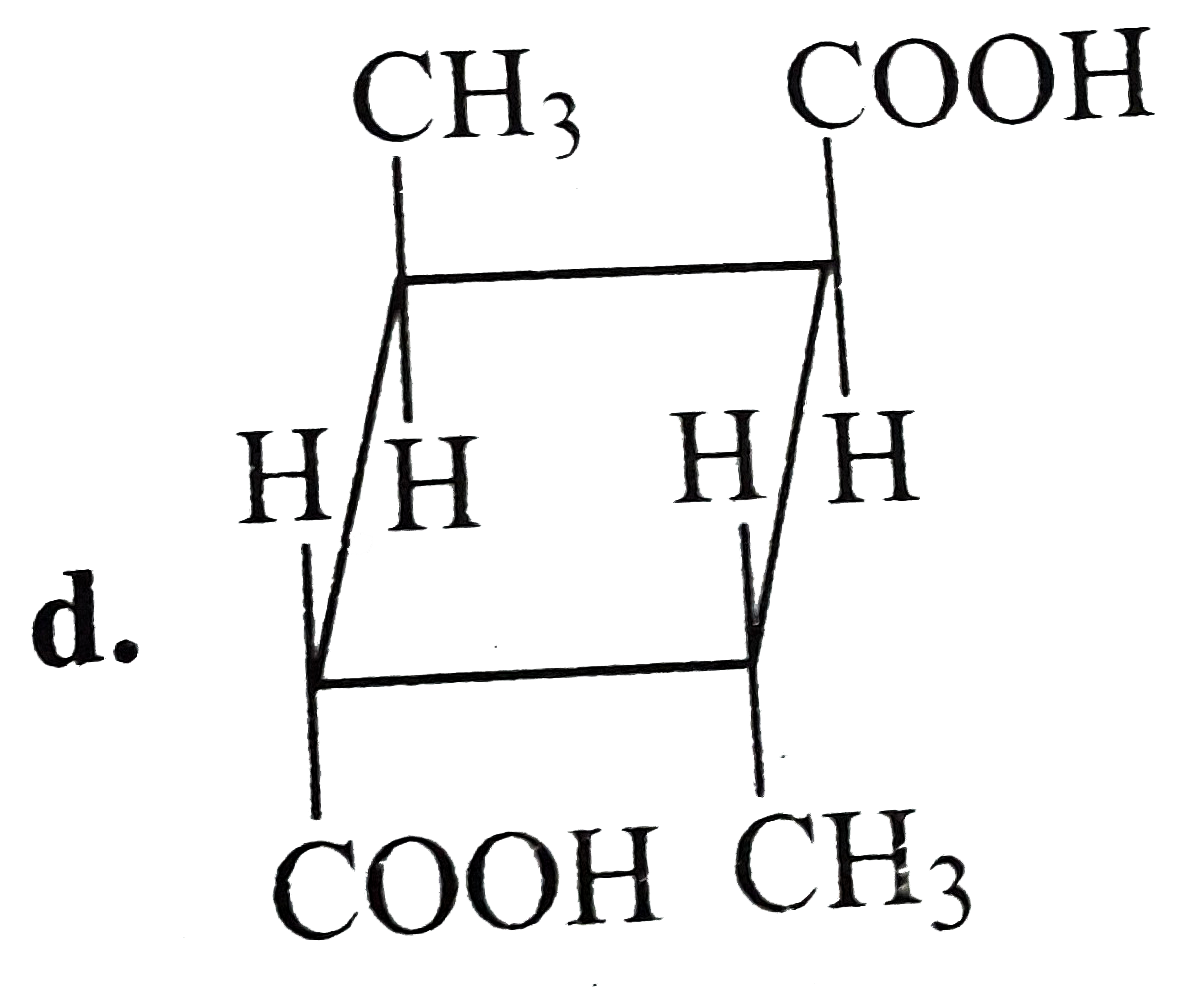
The correct Answer is:C, D
To determine which of the given compounds are not resolvable, we need to identify which of them are optically inactive. A compound is optically inactive if it is achiral, meaning it does not have a non-superimposable mirror image. Here’s a step-by-step analysis of the options provided:
Step 1: Understand the concept of chirality and resolvability
- Chirality: A molecule is chiral if it has a non-superimposable mirror image. Chiral molecules can rotate plane-polarized light and are considered optically active.
- Achirality: A molecule is achiral if it is superimposable on its mirror image, meaning it does not rotate plane-polarized light and is considered optically inactive.
Step 2: Analyze each option
Option A: 2,3-pentadiene
- Structure: This compound has a double bond and can exist in different configurations.
- Analysis: 2,3-pentadiene can have different substituents on the double bond, making it potentially chiral. However, if the substituents are the same, it can be achiral. In general, 2,3-pentadiene is resolvable when the substituents are different.
- Conclusion: This option is resolvable.
Option B: Another compound (not specified)
- Analysis: Without the specific structure, we assume it is a complex molecule that does not exhibit symmetry or identical groups.
- Conclusion: This option is likely optically active and resolvable.
Option C: Identical compounds
- Analysis: If the compounds are identical, they cannot have different configurations and thus do not exhibit chirality.
- Conclusion: This option is not resolvable.
Option D: Compound with a center of symmetry
- Analysis: A center of symmetry means that for every atom in the molecule, there is an equivalent atom at an equal distance on the opposite side. This leads to achirality.
- Conclusion: This option is not resolvable.
Final Conclusion
Based on the analysis:
- Not resolvable options: C and D.
- Resolving option: A and B.
Thus, the correct answer for the question "Which of the following are not resolvable?" is C and D.
- Chirality: A molecule is chiral if it has a non-superimposable mirror image. Chiral molecules can rotate plane-polarized light and are considered optically active.
- Achirality: A molecule is achiral if it is superimposable on its mirror image, meaning it does not rotate plane-polarized light and is considered optically inactive.
- Structure: This compound has a double bond and can exist in different configurations.
- Analysis: 2,3-pentadiene can have different substituents on the double bond, making it potentially chiral. However, if the substituents are the same, it can be achiral. In general, 2,3-pentadiene is resolvable when the substituents are different.
- Conclusion: This option is resolvable.
- Analysis: Without the specific structure, we assume it is a complex molecule that does not exhibit symmetry or identical groups.
- Conclusion: This option is likely optically active and resolvable.
- Analysis: If the compounds are identical, they cannot have different configurations and thus do not exhibit chirality.
- Conclusion: This option is not resolvable.
- Analysis: A center of symmetry means that for every atom in the molecule, there is an equivalent atom at an equal distance on the opposite side. This leads to achirality.
- Conclusion: This option is not resolvable.
Based on the analysis:
- Not resolvable options: C and D.
- Resolving option: A and B.
Topper's Solved these Questions
- ISOMERISMBook:CENGAGE CHEMISTRY ENGLISHChapter:ISOMERISMExercise:Single correct answer type
Explore 13 Videos
- ISOMERISMBook:CENGAGE CHEMISTRY ENGLISHChapter:ISOMERISMExercise:Single correct answer type (Exercise)
Explore 65 Videos
- ISOMERISMBook:CENGAGE CHEMISTRY ENGLISHChapter:ISOMERISMExercise:(Linked Comprehension Type)Exercise
Explore 13 Videos
- IONIC EQUILIBRIUMBook:CENGAGE CHEMISTRY ENGLISHChapter:IONIC EQUILIBRIUMExercise:Archives Subjective
Explore 28 Videos
- NCERT BASED EXERCISEBook:CENGAGE CHEMISTRY ENGLISHChapter:NCERT BASED EXERCISEExercise:Chemical Equilibrium
Explore 73 Videos
Similar Questions
Knowledge Check
Which of the following carboxylic acid could be resolved reaction with an enantiomerically pure chiral amine ?
A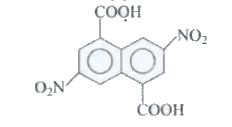 B
B C
C D
D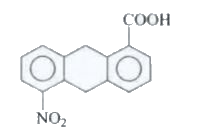
Which of the following carboxylic acids could be resolved by reaction with an enantiomerically pure chiral amine ?
A B
B C
C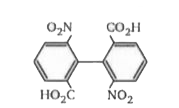 D
D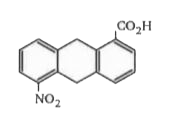
Which of following compounds exists as non-resolvable racemic mixture?
A B
B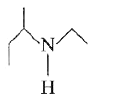 C
C D
D
Which of the following molecule can resolved into enantiomers ?
View SolutionWhich of the following compound can be resolved into enatiomers ?
View Solution_____________ uses the chemical constituents of the plant to resolve confusions.
View SolutionA : The resolving power of both miroscope and telescope depends on the wavelength of the light used.
R : The resolving power of a lens is the ability to resolve the two images so that they are distinctly identified.
View SolutionThe maximum number of rectangular components into which a vector in space can be resolved into is
View Solution